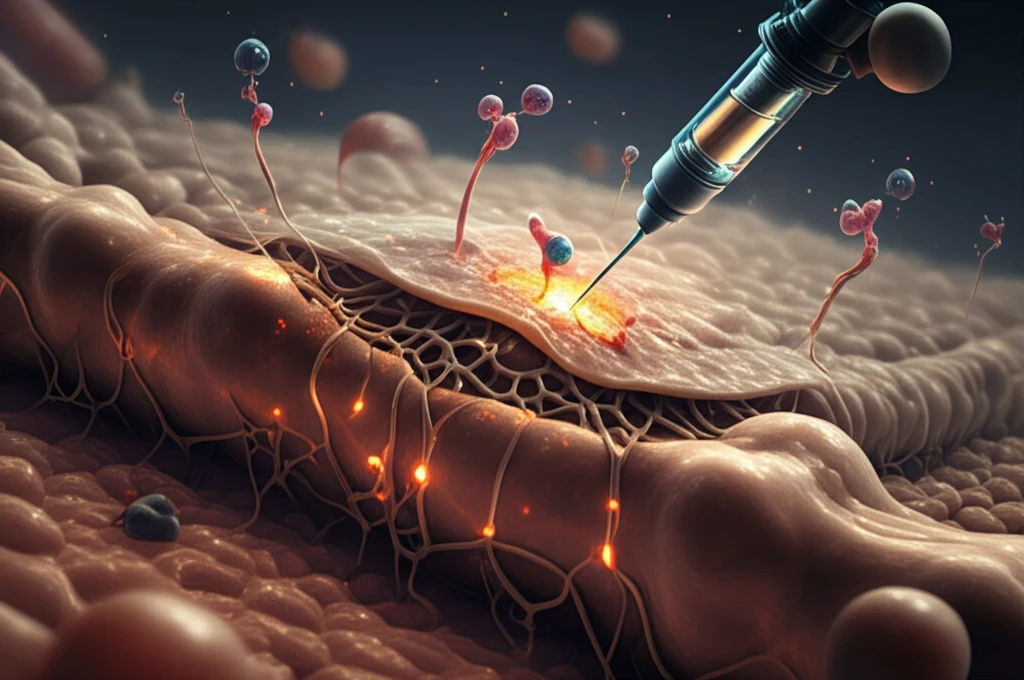
Can Cell Sheet Therapy Fix Bone Defects? The Future of Periodontal Care
"Exploring how cell sheet applications using periostin could revolutionize treatments for one-wall bone defects in Macaca nemestrina and beyond."
Periodontal disease, a widespread oral health issue, often leads to significant bone and tissue damage, causing tooth loss and impacting overall oral health. Traditional treatments primarily focus on managing the disease, but regenerative therapies aim to rebuild lost tissues, restoring function and aesthetics.
One promising avenue is cell sheet therapy, a tissue engineering approach that utilizes cell sheets to promote regeneration in damaged areas. These sheets, composed of cells and their extracellular matrix, can be applied to bone defects, offering a potential solution for rebuilding lost bone and supporting tissue. Macaca nemestrina, or the pig-tailed macaque, serves as a valuable model in these studies due to its similarities to human oral anatomy and physiology.
Recent research has explored the application of cell sheet therapy in treating one-wall bone defects, a common challenge in periodontal care. By evaluating the expression of periostin, a protein crucial for tissue regeneration, scientists are gaining insights into the effectiveness of this innovative approach. This article delves into the potential of cell sheet therapy, its mechanisms, and its future implications for periodontal treatment.
Understanding Cell Sheet Therapy and Periostin's Role

Cell sheet therapy is a cutting-edge approach in regenerative medicine that involves using sheets of cells, cultivated in a lab, to repair damaged tissues. Unlike traditional methods that may require scaffolds or other supporting materials, cell sheets retain the cell's native extracellular matrix, promoting better integration and functionality within the host tissue.
- Enhanced Tissue Regeneration: Cell sheets provide a natural environment for cells to thrive and regenerate tissues effectively.
- Improved Integration: The native extracellular matrix promotes better integration with the host tissue, leading to more stable and functional outcomes.
- Targeted Healing: Cell sheet therapy allows for targeted application to specific defect areas, maximizing the regenerative potential.
The Future of Cell Sheet Therapy in Periodontal Care
Cell sheet therapy holds immense potential for transforming periodontal care, offering a regenerative approach to treat bone defects and restore lost tissues. As research progresses, the optimization of cell sheet composition, delivery methods, and combination with other regenerative factors will further enhance its effectiveness. By harnessing the power of periostin and other key molecules, cell sheet therapy promises to revolutionize the way we approach periodontal treatment, providing patients with more predictable, long-lasting, and esthetically pleasing outcomes.
